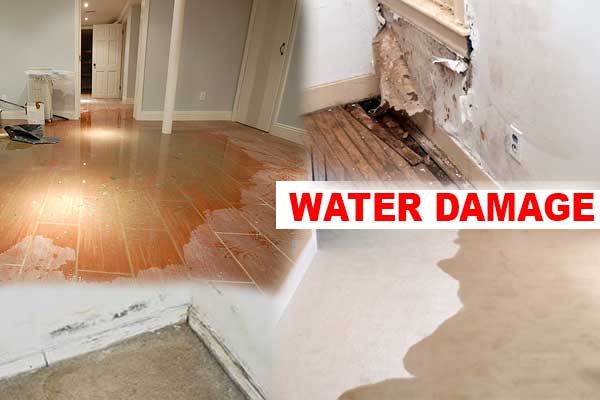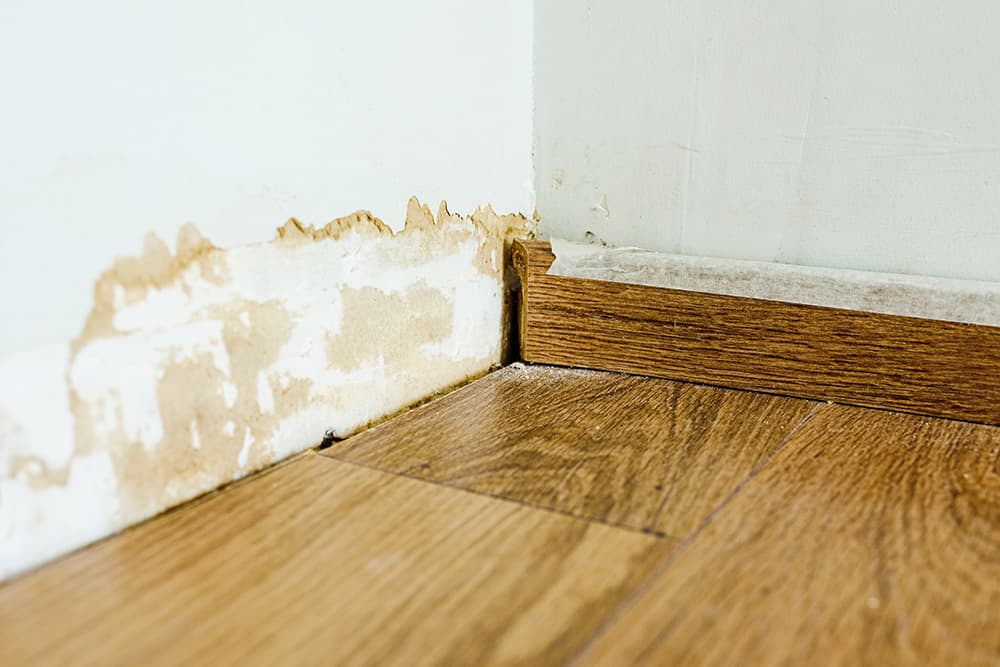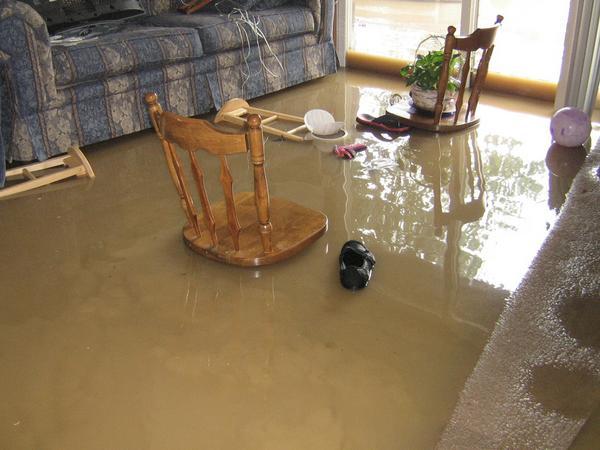Emergency Water Leak Repair to Prevent Further Property Destruction
Emergency Water Leak Repair to Prevent Further Property Destruction
Blog Article
The Refine of Water Damages Cleaning: Guaranteeing Your Home Is Recovered Efficiently
Water damage can be a challenging difficulty for house owners, necessitating a meticulous and organized clean-up procedure to recover safety and security and functionality. An extensive analysis is essential to determine the extent of the damages and identify the appropriate remediation measures. Following this, efficient water removal techniques play a crucial function in reducing further harm. Nevertheless, the nuances of drying out, sterilizing, and ultimate restoration are equally crucial and typically neglected. Recognizing these phases can make a considerable distinction in the end result of your home's repair, motivating a closer check out what each action requires.
Analyzing the Damages
Upon finding water damage, the very first step is to completely evaluate the degree of the effect. This preliminary assessment is crucial, as it helps figure out the necessary steps for efficient cleaning and remediation. Begin by examining the influenced areas, including walls, ceilings, floorings, and individual possessions, to identify the source of the water intrusion, whether from flooding, leaks, or condensation.
Documenting the damage is essential for both insurance policy cases and intending remediation efforts - damage restoration services. Use pictures and created notes to catch the seriousness of the damage, keeping in mind any afflicted structural aspects and materials. Pay special focus to locations that might not be right away noticeable, such as behind walls and under carpets, as concealed dampness can result in further issues, consisting of mold and mildew growth
Furthermore, assess the timeline of the water exposure. The longer the materials stay wet, the greater the possibility for damage. Understanding the period of exposure will certainly notify the seriousness of removal initiatives. Eventually, an extensive analysis lays the foundation for a successful water damages cleaning process, guaranteeing that all affected locations are dealt with effectively and completely.
Water Removal Methods

Professionals typically employ completely submersible pumps for bigger volumes of water, which can swiftly ease flooding in basements or various other influenced areas. For smaller sized amounts, wet/dry vacuum cleaners are often used to extract recurring wetness from rugs and tough surfaces. In addition, making use of portable extractors permits targeted removal in constrained areas or locations with fragile materials.
In circumstances of polluted water, such as sewage or floodwater, progressed removal methods may include making use of biohazard equipment to make certain security and conformity with wellness policies. High-powered extraction tools are crucial in lessening water retention in structural materials, which can cause mold development and architectural wear and tear otherwise dealt with quickly.
Inevitably, the efficiency of water removal strategies plays a crucial duty in the total success of the water damages cleaning process, preparing for subsequent reconstruction initiatives.
Drying and Dehumidification
When standing water has been effectively drawn out, the following vital phase in the water damages clean-up process is drying out and dehumidification. This action is important to prevent more damages and mold development, which can occur within 24 to 2 days in moist environments.
To attain efficient drying out, specific equipment such as industrial-grade air moving companies and dehumidifiers is employed. Air moving companies circulate air throughout wet surface areas, improving dissipation rates, while dehumidifiers reduce humidity degrees in the air, advertising a favorable setting for drying. The mix of these tools makes certain that wetness is drawn out from home furnishings, floors, and wall surfaces, allowing them to completely dry completely.
It is very important to check the drying procedure closely. Experts often utilize dampness meters to evaluate the wetness web content in various materials, making certain that all affected areas get to appropriate dryness levels. This careful approach helps to avoid hidden moisture pockets that might bring about structural damage or undesirable mold and mildew development.

Cleaning and Sanitizing
After the drying and dehumidification phase is total, the next crucial action in water damages cleanup is cleaning and sanitizing the affected areas. This procedure is critical to avoid the growth of mold, bacteria, and other pathogens that thrive in damp environments.
The cleaning stage generally includes removing any debris, dirt, and impurities from surface areas utilizing specialized cleaning up agents. For difficult surface areas, a mix of soap and water or commercial cleansing items is usually used. Soft materials, such as upholstery and carpetings, might need much more comprehensive cleaning approaches, consisting of steam cleansing or deep removal techniques, to guarantee comprehensive hygiene.

Disinfecting complies helpful resources with cleansing, using EPA-approved anti-bacterials to remove damaging microbes. This step is crucial, specifically in areas that may have come right into call with floodwaters or sewage, as these sources can position severe health threats.
Furthermore, it is necessary to attend to navigate to this site any staying odors, which may call for using smell neutralizers or advanced strategies like ozone treatment. Appropriate cleansing and sterilizing not just restore the security and health of your home however additionally lay the groundwork for successful restoration and repair services in succeeding stages of the water damages cleanup process.
Reconstruction and Repair Work

As soon as the analysis is full, repair initiatives can start. Furthermore, floor covering may need similar focus, depending on the degree of water exposure.
It is essential to involve knowledgeable remediation professionals throughout this process, as they have the proficiency to handle intricate repair services properly. They can aid mitigate possible future issues, such as mold and mildew growth or architectural instability, thus making sure a habitable and secure read this living environment. Inevitably, effective reconstruction and repair work recover the home's integrity and improve its total value.
Verdict
In conclusion, the procedure of water damages cleanup is critical for bring back a home to its pre-damage problem. Each phase, from analyzing the damages to applying effective water removal techniques, followed by thorough drying out, disinfecting, and essential repair work, plays an essential duty in making sure safety and security and conformity with structure criteria. Efficient implementation of these steps not just reduces prompt damage yet additionally boosts the long-term stability and worth of the building.
Water damages can be a difficult obstacle for house owners, demanding a organized and careful clean-up process to restore safety and capability. Inevitably, a thorough evaluation lays the groundwork for a successful water damages clean-up process, ensuring that all influenced locations are dealt with efficiently and thoroughly.
Reliable water extraction techniques are essential in minimizing damage and preventing more issues following a water breach event.In conclusion, the procedure of water damage clean-up is critical for recovering a home to its pre-damage condition. Each stage, from examining the damage to carrying out effective water extraction techniques, complied with by extensive drying, disinfecting, and necessary repairs, plays an essential function in ensuring safety and security and compliance with structure standards.
Report this page